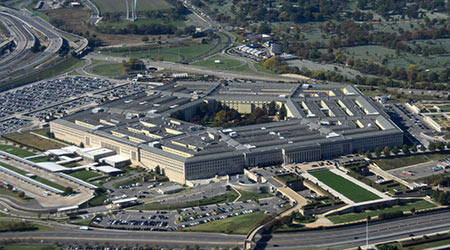
Defense Department Battles Deferred Maintenance
May 2, 2018
Maintenance and engineering departments of all types have deferred maintenance issues because, let’s face, few organizations will ever fully fund the maintenance needs of their facilities. But it stands to reason that the larger the organization, the greater the chances that the larger the organization — hence, the more facilities it has — the larger its maintenance backlog will be.
That is certainly the case for the U.S Department of Defense (DoD) , which faces a monumental challenge — a $116 billion challenge — when it comes to deferred maintenance. As a result, the department is looking beyond simply finding money to pay for needed repairs and is considering the best strategy for ridding itself of unused or underused facilities.
Learn about the real costs of deferred maintenance
The DoD’s request of $10.5 billion in military construction and family housing programs in the president’s fiscal year 2019 budget request makes significant progress to recapitalize facilities, but it will not reverse the impacts of six years of sequestration, the assistant secretary of defense for energy, installations and environment said recently.
“We currently have an underfunded maintenance backlog exceeding $116 billion, 23 percent of the department's facilities are in poor condition, [and] another 9 percent are in failing condition,” Lucian Niemeyer told the House Armed Services Committee’s subcommittee on readiness.
“My frank assessment [is that] it may be too costly to buy ourselves out of this backlog,” he says. “We must work to remove unneeded capacity to fund higher priorities. As noted in the National Defense Strategy, we continue to reduce excess infrastructure and will work with Congress for options for base realignment and closures. These efforts will be enhanced by a careful evaluation we are undertaking of how and when we base new forces and new capabilities.”
Read: Turning a deferred maintenance crisis into an opportunity
Rather than another request this year to authorize a new round of base realignments and closures, Niemeyer says, the department is reviewing the use of its facilities.
“For instance, we must ensure the facilities that were sized for 100 personnel actually have 100 personnel in them. We also have proposed increased efforts to demolish facilities we don't need,” he says, adding that the department also is reducing leases and moving functions into DoD facilities.
DoD also says it is proactively improving military construction project delivery and contract manager processes to deliver power projection projects on schedule and within budget, Niemeyer says. Given the risks documented recently by the U.S. Department of Homeland Security, he says, DoD’s energy programs are focused on energy security for critical facilities.
This Quick Read was submitted by Dan Hounsell — dan.hounsell@tradepressmedia.com — editor-in-chief of Facility Maintenance Decisions, and chief editor of Facilitiesnet.com.
Next
Read next on FacilitiesNet












